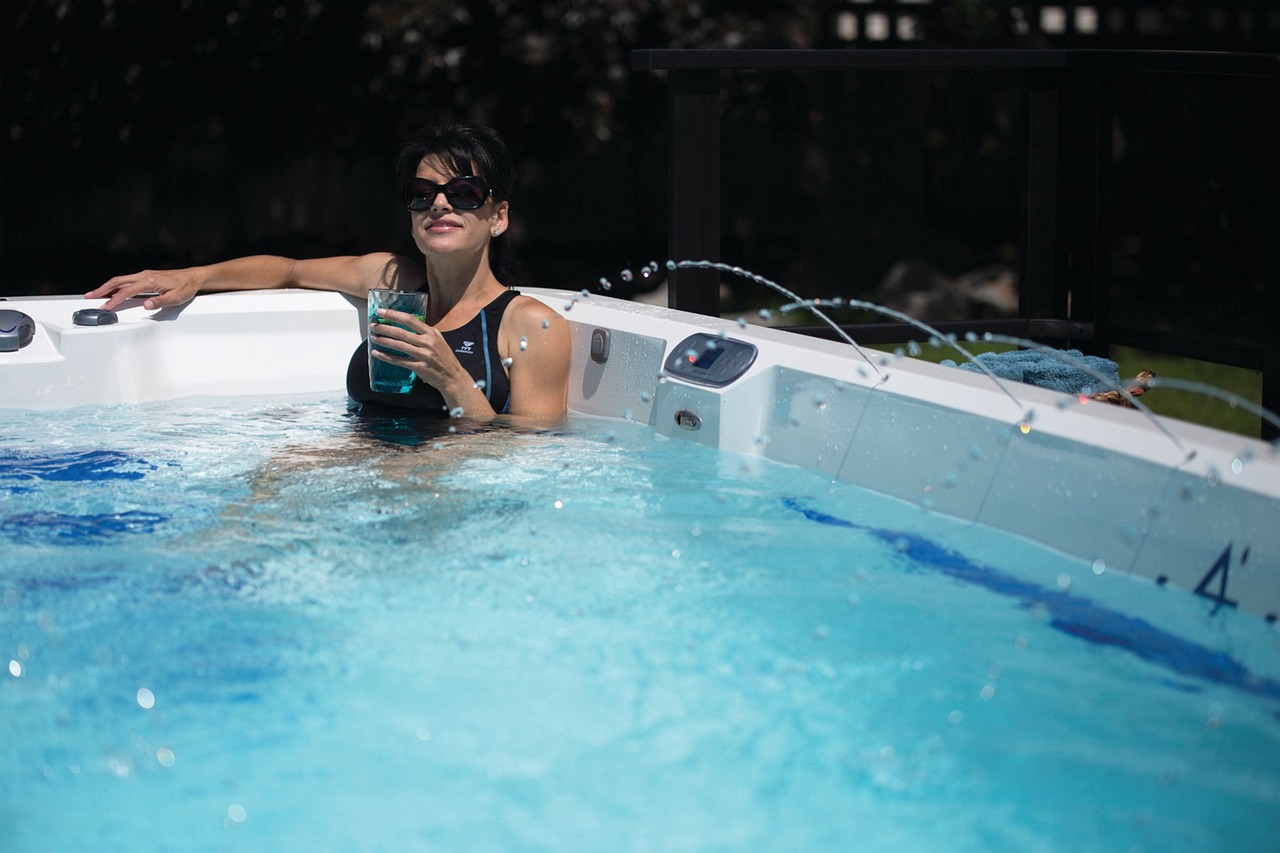In general, you do not need planning permission just to install a hot tub. In certain situations, however, you may need to obtain some other form of consent. Even if you do not, you should still think carefully about your hot tub’s potential impact on your surroundings. You may need planning permission to build a structure around the hot tub.
Here, Jamie Bowmer, Director of Palm Spas shares his insight into what you need to know.
When you may need permission for a hot tub
If you live in an area with major historical, cultural and/or natural significance, you may need to get permission to install a hot tub. This may or may not be planning permission. It will depend on the rules in force in your local area. Typical examples of these kinds of places include conservation areas, (world) heritage sites and listed buildings.
When you should tread carefully before installing a hot tub
As a rule of thumb, you should tread carefully if you’re planning on installing your hot tub close to a public thoroughfare. You may be within your rights to install the hot tub without planning permission. Other people, however, are within their rights to enjoy the public thoroughfare. If your hot tub impedes their rights, you may find yourself being held accountable for the consequences.
While this might seem trivial, the reality is that these consequences could become very expensive. For example, if somebody slips on water from your hot tub, you could find yourself facing a personal injury claim. Alternatively, if your hot tub damages the public thoroughfare, you could be presented with the repair bill.
In short, make sure that you really do have enough space for a hot tub before installing one. If at all possible, make sure that it is well separated from any public spaces. This will also give you extra privacy and possibly security too.
When you may need permission for a garden structure
If you’re installing a hot tub, you’re probably going to want some kind of structure around it. This will give you privacy and shelter from the elements. It may also help to protect your hot tub itself. For example, it may act as a barrier against debris.
If you are sure that you are only going to use your hot tub in the warmer months, you may be fine with a temporary structure such as a portable gazebo. This will not need planning permission because it is only a temporary structure. Your main consideration will be making sure that you have somewhere to put it during the cold seasons.
If, on the other hand, you’d like to use your hot tub all year round, then it could make sense to build a permanent structure for it. If so, then you will need to determine whether or not it would be considered permitted development.
The basics of permitted development
The most up-to-date permitted-development rules are on the government website. In brief, however, a structure is likely to be considered permitted development provided that it meets all of the following conditions.
- The structure is at the back of your house.
- The structure is closer to your house than it is to any public thoroughfare
- The structure only has one storey.
- The structure takes up less than half the area of the grounds behind your home.
- The highest part of the structure is at most 3 metres above the ground (or 4 metres if it has a pitched roof).
- Any part of the structure that is a metre or less from your property’s boundary is a maximum of 2.5 metres above the ground.
Please note that while the permitted development rules do, in principle, allow people to build up to their boundaries, there are other rules that could complicate this. In general, therefore, it’s preferable to stay within two metres of your boundary.
If the proposed structure does not meet any of these conditions, then you will need to apply for planning permission.



 Bitcoin
Bitcoin  Ethereum
Ethereum  Tether
Tether  XRP
XRP  Solana
Solana  USDC
USDC  TRON
TRON  Cardano
Cardano  Lido Staked Ether
Lido Staked Ether  Avalanche
Avalanche  Toncoin
Toncoin